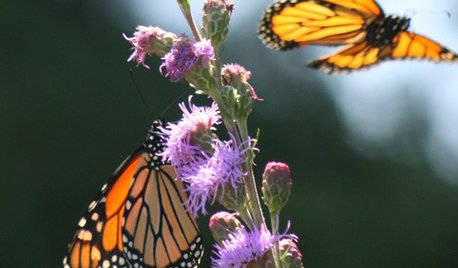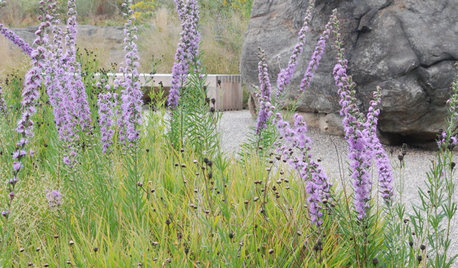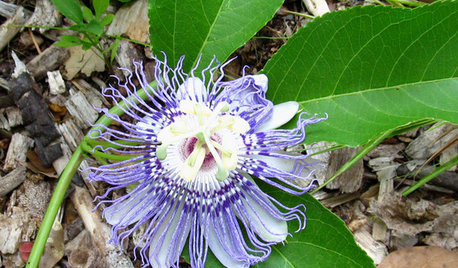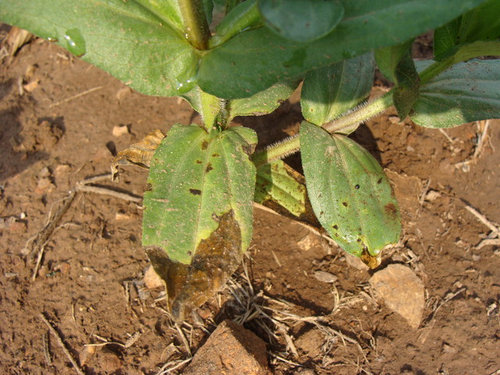I need a butterfly friendly fungicide for my zinnias
christie_sw_mo
11 years ago
Featured Answer
Sort by:Oldest
Comments (10)
gribbleton
11 years agogribbleton
11 years agoRelated Professionals
Lyons Landscape Architects & Landscape Designers · West Chester Landscape Architects & Landscape Designers · Allentown Landscape Contractors · Conroe Landscape Contractors · Lees Summit Landscape Contractors · North Ridgeville Landscape Contractors · Pahrump Landscape Contractors · Parker Landscape Contractors · Auburn Decks, Patios & Outdoor Enclosures · Estero Decks, Patios & Outdoor Enclosures · La Palma Decks, Patios & Outdoor Enclosures · Myrtle Beach Decks, Patios & Outdoor Enclosures · Pataskala Decks, Patios & Outdoor Enclosures · Roseville Decks, Patios & Outdoor Enclosures · Winchester Center Stone, Pavers & ConcreteKimmsr
11 years agogribbleton
11 years agogardengal48 (PNW Z8/9)
11 years agoterrene
11 years agocaryandkay
7 years agogardengal48 (PNW Z8/9)
7 years agodlawton33
7 years ago
Related Stories

GARDENING GUIDES6 Steps to Creating Your Butterfly Garden
Encourage these fanciful winged beauties to visit your garden while helping restore their fragmented habitat
Full Story
GARDENING FOR BUTTERFLIESBe a Butterfly Savior — Garden for the Monarchs
Keep hope, beauty and kindness alive in the landscape by providing a refuge for these threatened enchanters
Full Story
GARDENING GUIDES6 Plants That Beat Butterfly Bush for the Wildlife Draw
It's invasive, a nonnative and a poor insect magnet. Check out these better alternatives to butterfly bush in the garden
Full Story
GARDENING FOR BUTTERFLIESButterfly Gardening: Delight the Eyes With Living Sculptures
Surprise and thrill with a garden that attracts magical winged creatures, bringing color, movement and life
Full Story
GARDENING GUIDES20 Favorite Flowers for Butterflies and Bouquets
Discover perennials and annuals that do double duty as butterfly magnets and versatile cut flowers
Full Story
GARDENING GUIDESGreat Design Plant: Meadow Blazing Star (Liatris Ligulistylis)
Make fast friends with the monarch butterflies and get a color show too with this adaptable U.S. Midwest native
Full Story
WINTER GARDENING6 Reasons I’m Not Looking Forward to Spring
Not kicking up your heels anticipating rushes of spring color and garden catalogs? You’re not alone
Full Story
GARDENING FOR BUTTERFLIESGardening for the Bees, and Why It’s a Good Thing
When you discover how hard bees work for our food supply, you may never garden without them in mind again
Full Story
GARDENING GUIDESGreat Design Plant: Liatris Aspera
Tall blazing star’s unique flower spikes bring butterflies and bees to eastern U.S. gardens in early autumn
Full Story
GARDENING GUIDESGreat Design Plant: Passiflora Incarnata
Enjoy the amazing flowers and edible fruit of U.S. native Passiflora incarnata (also known as maypop) — the butterflies sure do
Full StorySponsored
Central Ohio's Trusted Home Remodeler Specializing in Kitchens & Baths
More Discussions








christie_sw_moOriginal Author